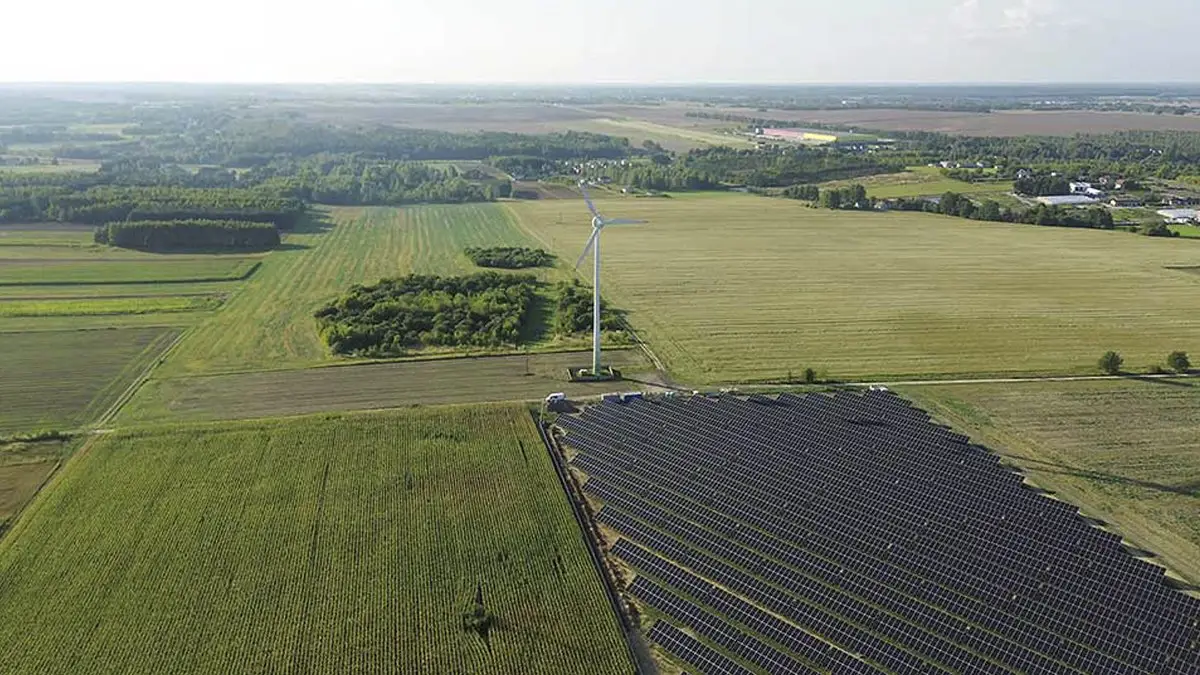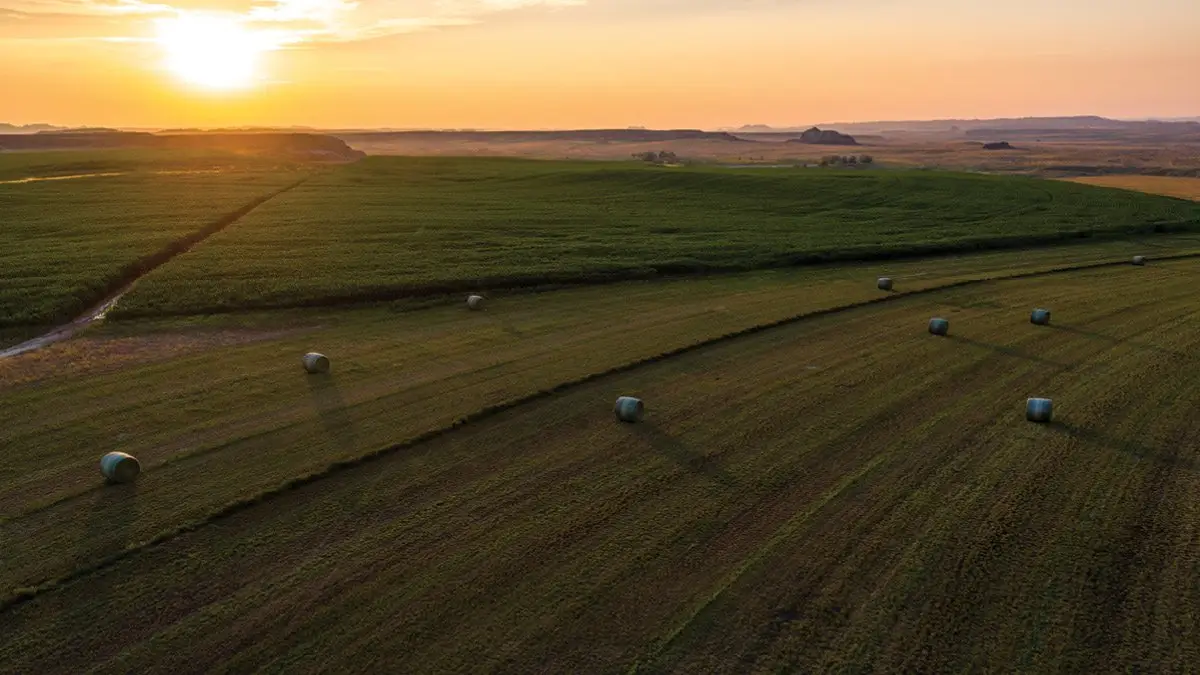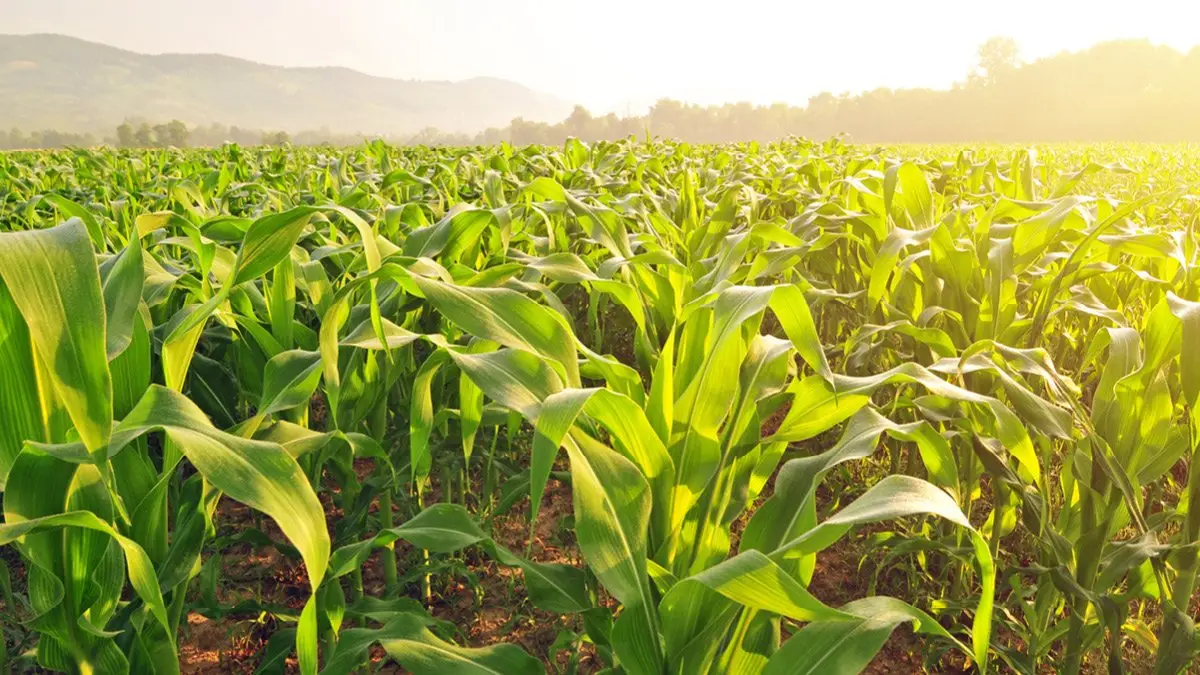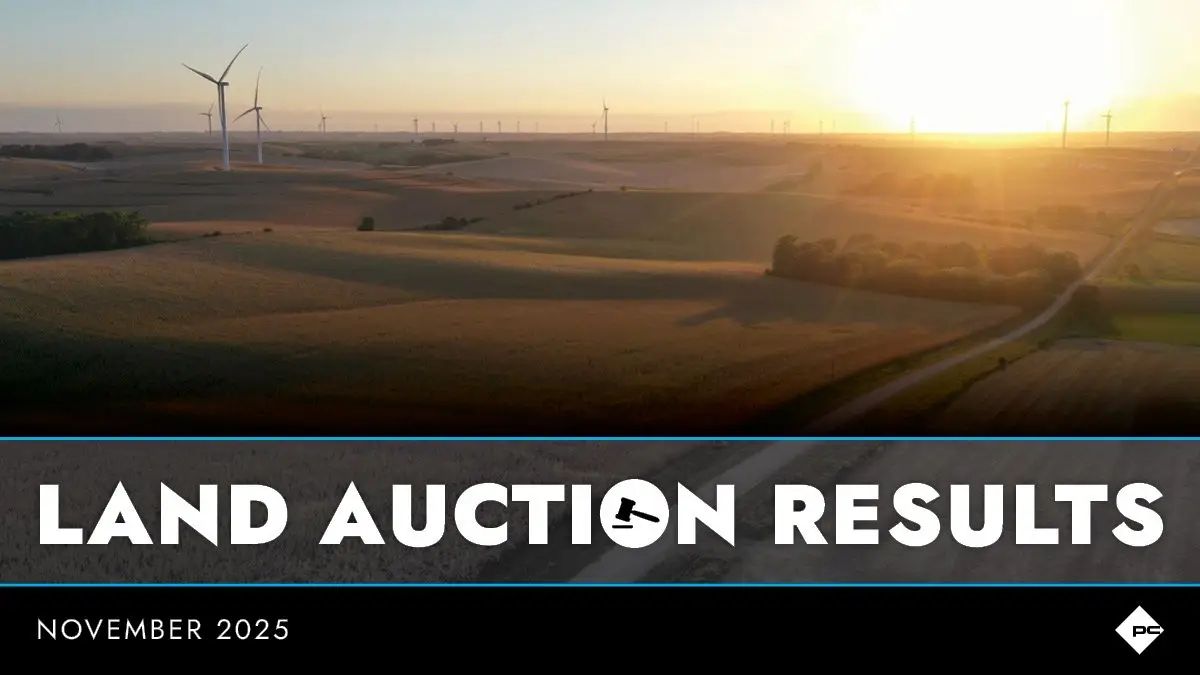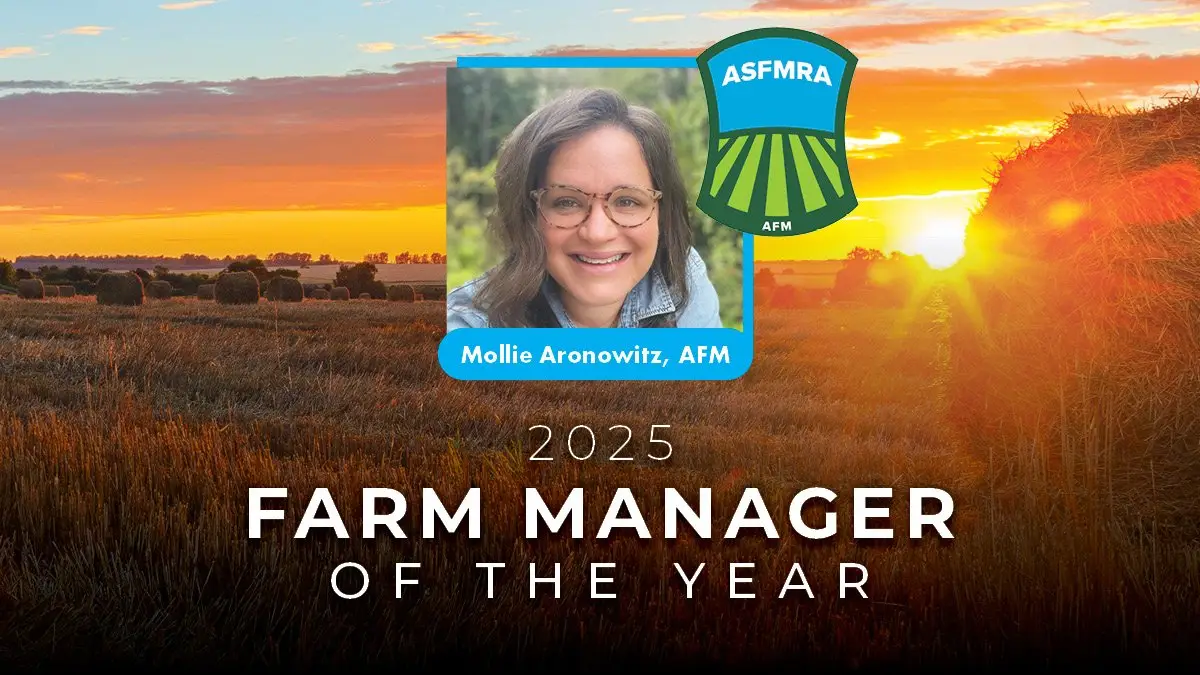Understanding how investments in farmland generate returns starts with the financial modeling of it. A farmland model helps investors quantify income, appreciation, risk, and other variables, giving structure for decisions regarding pricing, leverage, and holding period.
Below are some key variables used to evaluate farmland opportunities and project performance.
Core Return Components
1. Cash Yield (Income Return)
Most farmland generates income through cash rent or crop-share agreements. In a typical model, net operating income (NOI) is calculated by subtracting expenses such as property taxes, insurance, and management fees from gross rent income.
Cash yields usually range from 1.5-4%, depending on several factors such as region and crop type. The Midwest often produces lower but more stable yields, while permanent crop regions can generate higher income, but this comes with added volatility, management complexity, and operational risk.
Consistent rent income makes farmland attractive to investors seeking predictable returns that are backed by a real asset.
2. Yields
Yields, the amount of crops produced per acre, are a direct and fundamental driver of farm income and, ultimately, investment returns. Higher yields improve a farmer’s ability to pay rent and support higher cash flows for landowners. Over time, consistent or improving yields can boost land values, as more productive farms tend to command a market premium.
Yields are influenced by a range of factors such as weather, soil quality, crop rotation, drainage, irrigation, equipment, and overall farming practices. Continuous improvements can enhance yield performance and strengthen long-term return potential.
When modeling farmland, it can be tested how changes in yields affect income and overall return metrics. A 5-10% swing in yield can meaningfully alter both cash yield and total return expectations, especially in regions where commodity prices and margins are tight. Additionally, flex leases can further link rent to yield and price outcomes, allowing for upside participation in stronger production years.
3. Appreciation
Farmland tends to appreciate over time due to its finite supply and rising demand. According to USDA and NCREIF data, farmland has historically appreciated roughly 4-6% annually, successfully outperforming inflation and many fixed-income assets, with some regions achieving even higher long-term growth.
When modeling farmland, appreciation assumptions compound over the investment period, this often has the biggest effect on the investment’s total Internal Rate of Return (IRR). Historically, appreciation has been the primary contributor to farmland’s total return, often accounting for two to three times the contribution of annual income. For this reason, Peoples Company emphasizes managing for long-term appreciation to optimize overall performance across farmland portfolios.
4. Leverage
Some farmland investors use leverage strategically to enhance returns by financing a portion of a purchase with debt rather than all cash. Leverage enables investors to control more acres, improve capital efficiency, and diversify across more assets, particularly when borrowing costs are lower than the farm’s expected return.
However, leverage also magnifies both gains and losses. Many farmland investors adopt a moderate 30-50% loan-to-value approach to balance return potential with stability.
In today’s higher-rate environment, the spread between long-term borrowing costs and cash yields can make the use of leverage less compelling on an income-only basis. However, when viewed in the context of total return, which includes both income and appreciation, leverage can still be return-enhancing over the long run.
Understanding the variables that drive farmland returns is essential for building sound investment models and making informed acquisition decisions. By quantifying income, appreciation, leverage, and yield potential, investors can better evaluate risk across different markets and asset types.
Farmland’s combination of steady income, long-term appreciation, and tangible value makes it a compelling component of a diversified portfolio.


